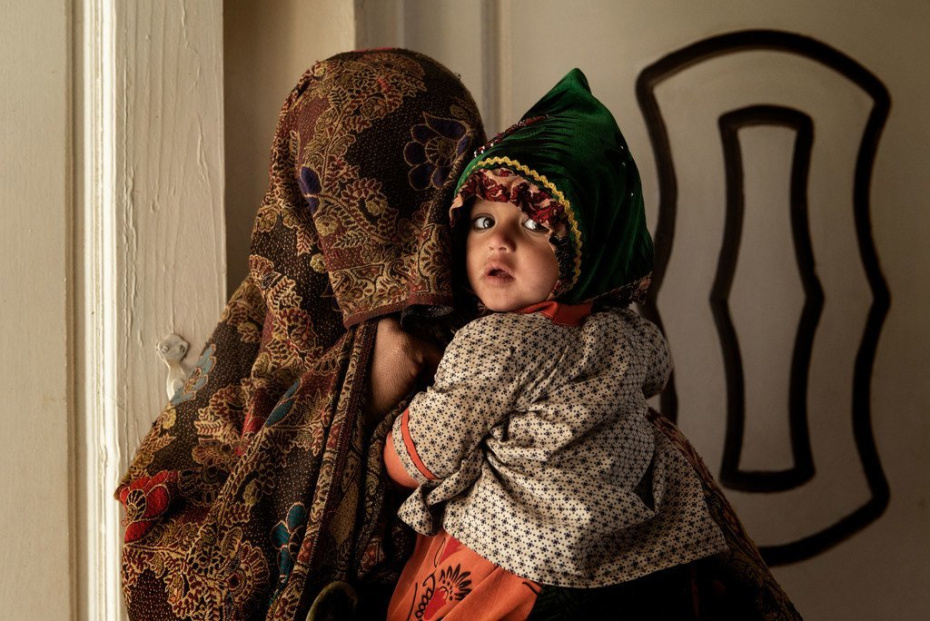Breadcrumb

Afghanistan: Humanitarian assistance has saved lives, but immense needs remain

Following the Taliban takeover last August, UN agencies and their partners remained in Afghanistan, providing aid to nearly 23 million people, or nearly 94 per cent of all those who require support.
@unafghanistan is focused on helping people, providing vital humanitarian and basic human needs #Afgweareonit, #stayanddeliver my full statement: Humanitarian Coordinator Reaffirms Commitment to Meeting Life-Saving Needs and Supporting… https://t.co/mjhl8jk0Uv via @reliefweb
— Dr. Ramiz Alakbarov (@RamizAlakbarov) August 11, 2022
Humanitarians expanded their operations to reach communities across all 34 provinces, and their work has saved lives and even successfully averted a famine last winter.
A ‘tragic reality’
Allocations from two UN humanitarian funds also played a pivotal role in preventing a collapse of the health and education sectors by ensuring essential workers continue to be paid.
However, even with this massive response, the scale of needs far outstrips the capacity of aid partners to meet them, the UN’s Humanitarian Coordinator for Afghanistan, Dr. Ramiz Alakbarov, said on Thursday.
He stressed that this “tragic reality” will continue unless a functioning economy and banking system is restored, girls are officially able to return to school, and women and girls can meaningfully and safely participate in all aspects of social, political and economic life, including humanitarian work.
Multiple ‘red flags’
“History has shown us time and time again, that we ignore the red flags of today at tomorrow’s peril,” Mr. Alakbarov said in a statement.
“And in Afghanistan today, the red flags are both multiple and diverse – from devastating climate projections, to an economy which hangs in the balance, and growing restrictions on women and girls which exclude them from society”.
Humanitarian action has been essential in keeping the Afghan people alive, maintaining basic services, and shoring up the economy at a time when no alternatives have been available.
Some 7.7 million citizens, including three million women and girls, have received healthcare support this year, which has contributed to reduced excess maternal, neonatal and child deaths.
Additional humanitarian assistance has been provided in the form of emergency cash to cover needs such as food, shelter, protection and health, and also cash for work and livelihoods support, thus injecting much-needed liquidity into the economy.

‘Poverty of hope’
However, OCHA warned that the future looks increasingly bleak in the absence of concerted efforts to address structural drivers of need and vulnerability.
Today, roughly 25 million Afghans are now living in poverty. Furthermore, as many as 900,000 jobs may be lost this year as businesses struggle to stay afloat, and women and girls remain shut out of secondary school and the formal economy.
Mr. Alakbarov called for greater commitment to meeting the life-saving needs and supporting vulnerable communities.
“People in Afghanistan have long experienced financial poverty, but are now increasingly condemned to a life filled with poverty of hope and aspiration. We cannot let this happen,” he said.
